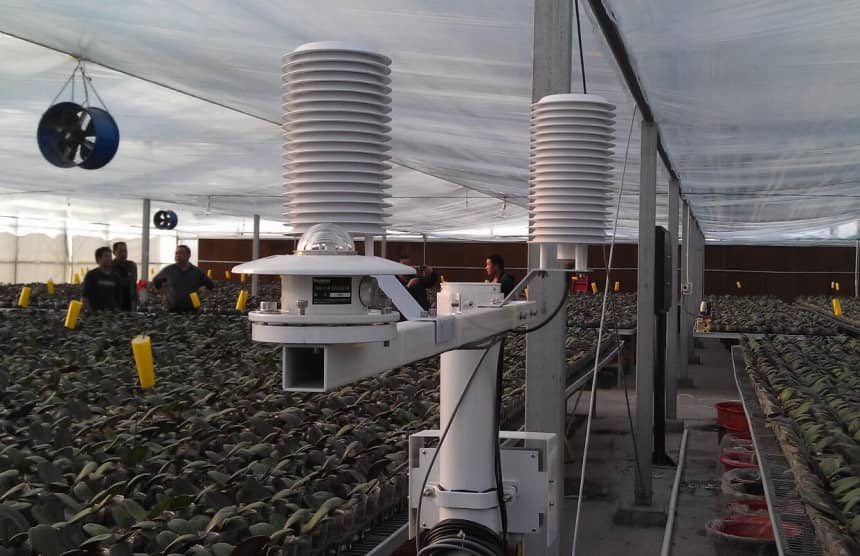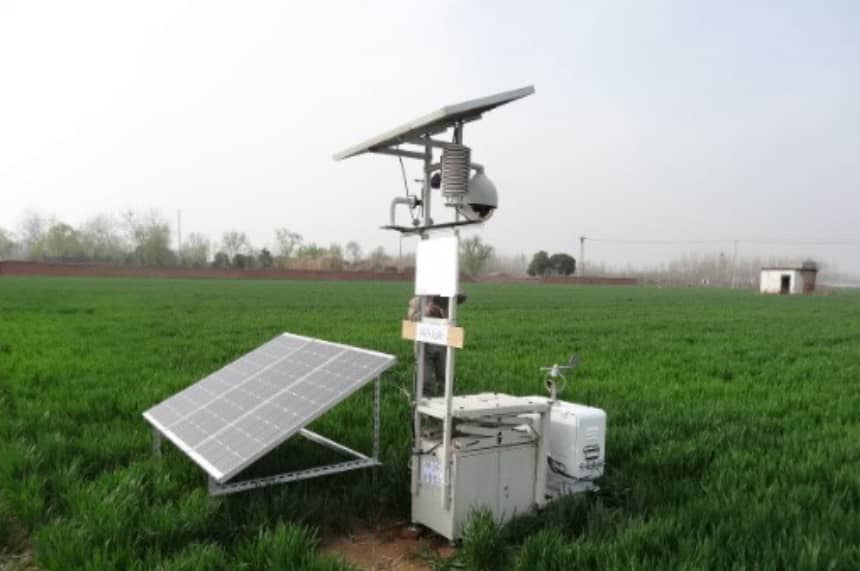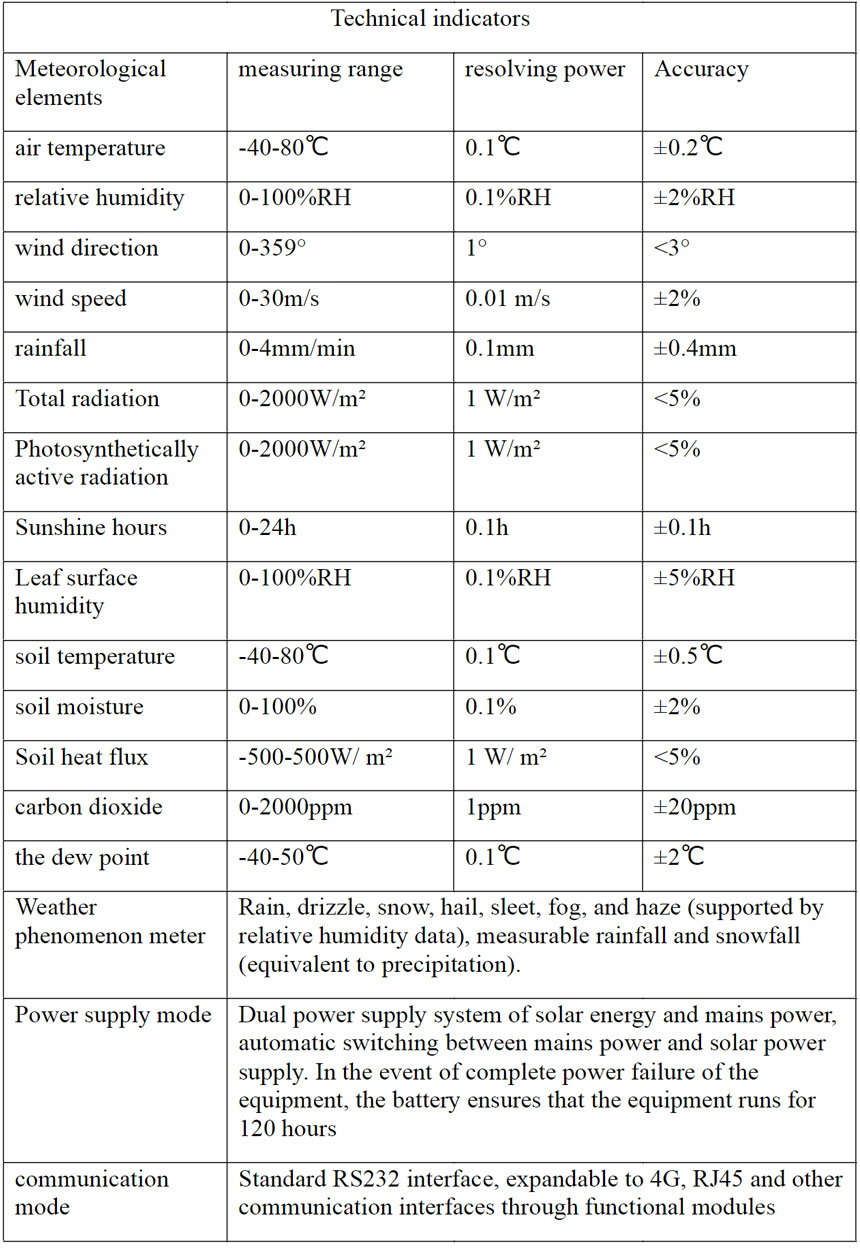

1、 Briefly describe
China is a large agricultural country with complex and diverse climate and ecological types. Conducting ecological agricultural meteorological research is not only a necessary step in implementing modern agricultural production, but also an effective way to explore ecological changes in depth. It has important theoretical significance and practical value.
At present, China's agricultural production has low high-tech content, weak infrastructure, poor resistance to natural disasters, minimal human impact, and a high dependence on natural and meteorological environments. With the continuous advancement of science and technology and the continuous improvement of China's national strength, promoting agriculture through science and technology has gradually become a consensus among people and has also received strong support and promotion from the government. Meteorological disasters are a key factor affecting crop yields. Monitoring the complex and changing agricultural meteorological environment and production process dynamically and accurately throughout the process, providing targeted meteorological support and disaster prevention and reduction regulation services, and making meteorological technology serve agricultural production is a key link in promoting agricultural development through science and technology.
2、 System composition
Collection System: Data Collector
Sensor: Temperature and humidity sensor
Wind speed and direction sensor
Rainfall sensor
Soil temperature sensor
Canopy infrared temperature sensor
Total radiation sensor
Photosynthetically active radiation sensor
Sunshine sensor
Carbon dioxide concentration sensor
Soil moisture temperature salinity sensor
Weather phenomenon meter, etc
Communication system: GPRS/CDMA/SMS
Power supply system: solar/AC power supply mode, equipped with rechargeable maintenance free batteries.
3、 Technical indicators
The measurement meteorological elements of the agricultural meteorological environment monitoring system are mainly designed according to the needs of agricultural production, and can be flexibly increased or decreased according to different regional differences and crop variety differences to meet the scientific planting needs of different regions and crop varieties. The main meteorological elements are shown in the following table:





